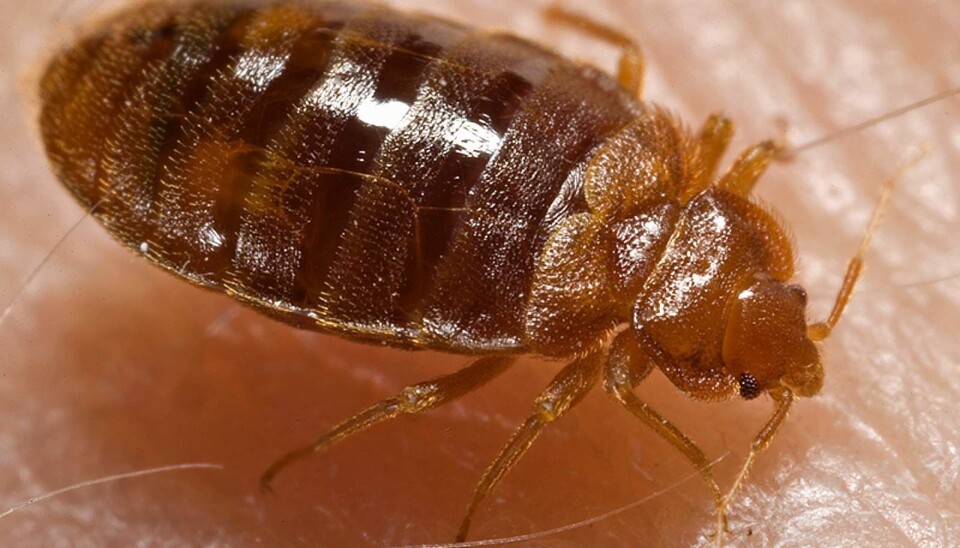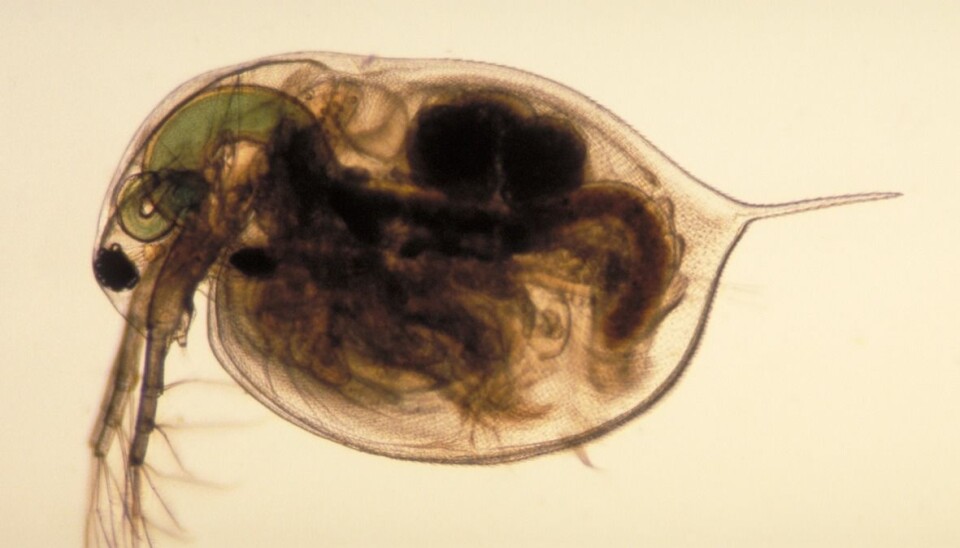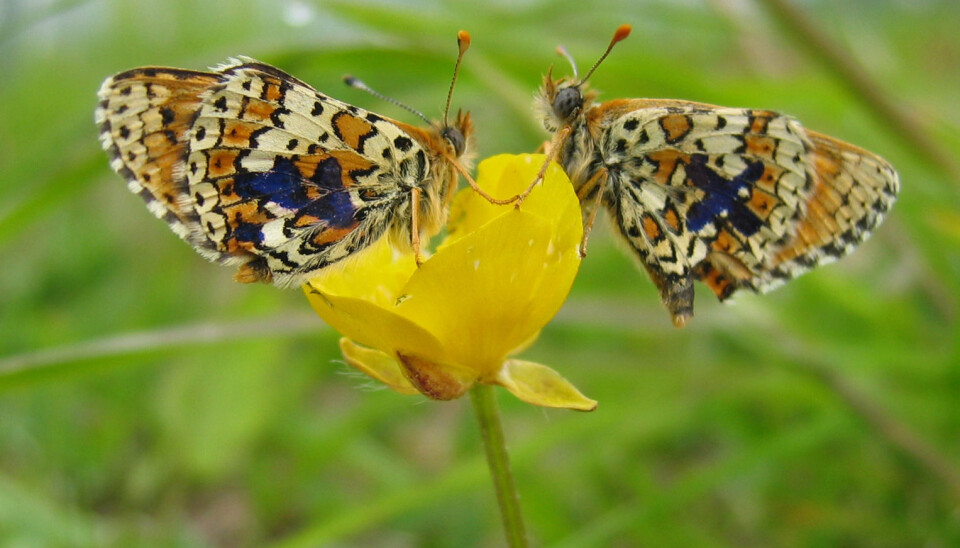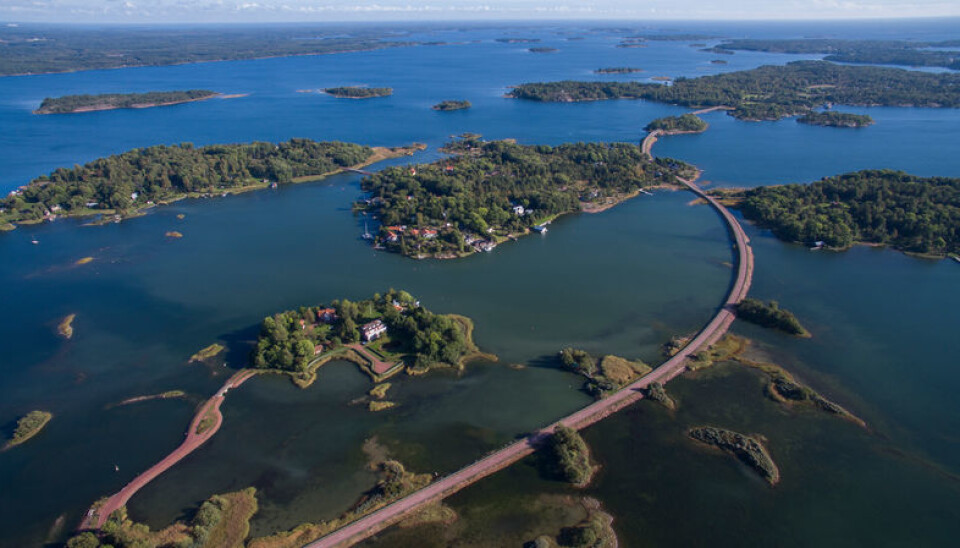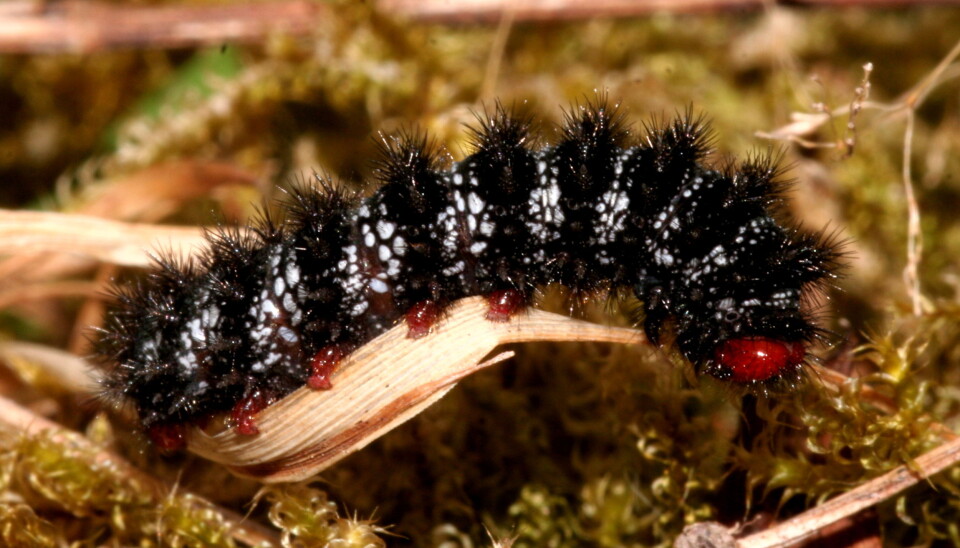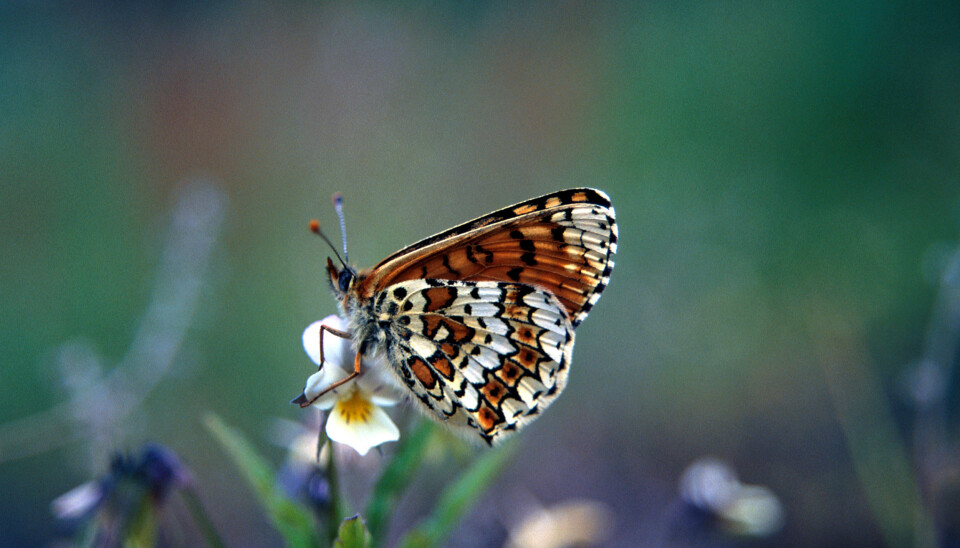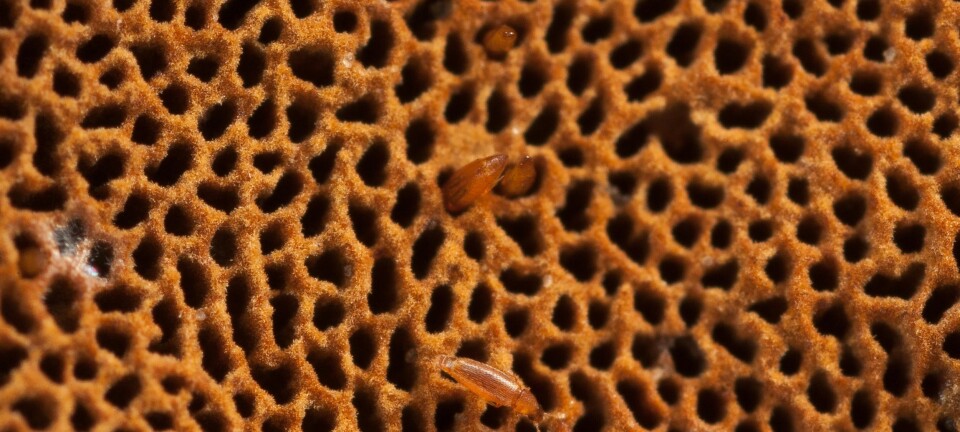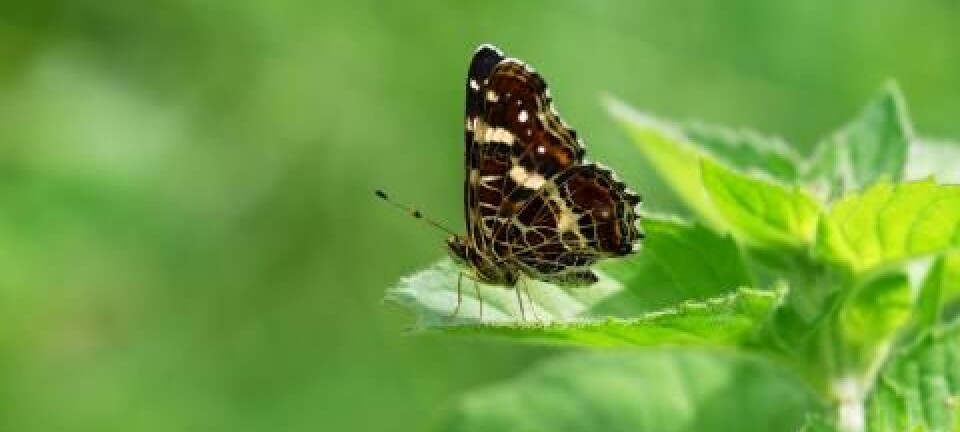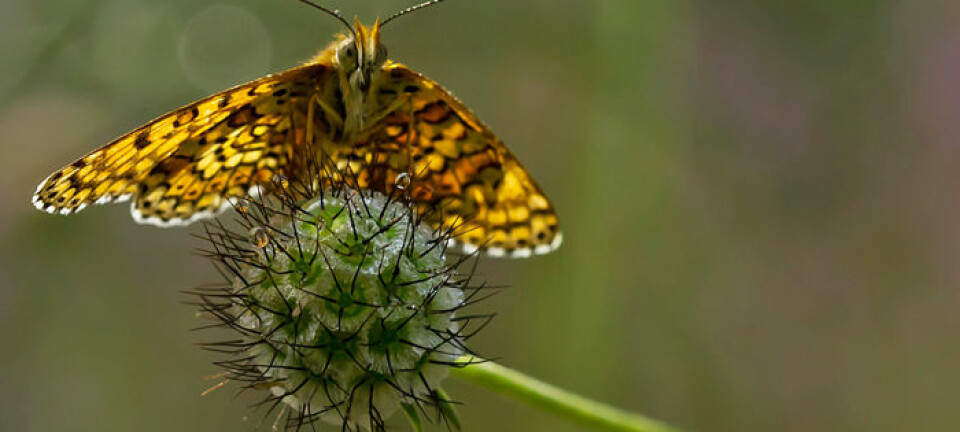New evidence that environmental change can outpace genetic adaptation
DNA analyses of a now extinct population of butterflies shows they could not adapt fast enough to habitat loss during the 20th century.
A new study sheds light on the how species adapt when the environment around them changes rapidly.
Geneticists studied a now extinct population of butterflies in Finland that was wiped out when their natural habitat was lost to agriculture.
Despite evidence of genetic adaptation in this ever shrinking and isolated population of butterflies, the genetic adaptations ultimately could not keep up with environmental changes.
“Land use change due to agriculture in general is one of the biggest drivers of European butterfly loss,” says lead-author Toby Fountain from the Metapopulation Research Centre at the University of Helsinki, Finland.
“These butterflies were actually adapting to their changing environment. And we know that because we saw increases in genetic variants associated with increasing colonisation and increased habitat fragmentation,” say Fountain.
“But that wasn’t enough to stop them from going extinct,” he says.
The new results, which are published in the journal PNAS, are the first genetic example of what Fountain suggests could be a common occurrence in the future, where genetic evolution cannot keep pace with a changing environment.
DNA analyses of 100-year-old museum butterflies
The Glanville fritillary butterfly went extinct in southwest mainland Finland in the 1970s, as their meadow habitats were rapidly converted into farmland.
That meant that Fountain and colleagues had to turn to museums to find specimens to examine. Luckily, amateur entomologists have been donating their butterfly collections to museums throughout the 20th century while also submitting detailed records of where the butterflies had come from and when they had been collected.
This vital background information helped the scientists to reconstruct the genetic history of the Glanville butterfly, which they then compared with living populations of the butterflies that had survived elsewhere in Finland.
In the DNA of the now extinct butterflies, they saw tell-tale signs of a genetically isolated population.
“When populations become isolated we expect them to lose genetic diversity, because the population no longer has any new immigration or migrants [to diversify the genetic pool]. And this is exactly what we saw,” says Fountain.
This loss of genetic diversity is a red flag for isolated populations. It means that species are less able to adapt to environmental changes and places them at greater risk of genetic diseases due to inbreeding.
Genetic adaptation to habitat loss
But these butterflies also exhibited signs that they were adapting to their changing environment.
“From previous studies, we’d already identified certain genes that were important for colonisation and habitat fragmentation,” says Fountain.
These genes have important biological functions, related to flight and dispersal, which help the butterflies to find suitable places to lay their eggs and to colonise new areas.
“We saw that the now extinct populations were, selecting on these genes. So they were adapting to their changing environment,” says Fountain.
But, says Fountain, this evolution was not fast enough to keep up with the pressures of habitat loss and isolation.
Colleague: An interesting study but we need more samples
Professor Erik Svensson, an evolutionary ecologist from the Department of Biology at Lund University, Sweden, describes the results as “really interesting,” but he thinks that the conclusions would be made stronger with even more butterfly samples.
“It’s very difficult to study past extinctions as the populations aren’t there, so we have to rely on museum specimens. The problem with that is, that [relatively low numbers of samples] weakens the strength of the conclusions,” says Svensson.
He stresses that this caveat does not distract from the fact that Fountain and colleagues are “addressing some important questions” about the concept of so-called evolutionary rescue--where a species tries to adapt to a changing environment by evolving genetically.
According to him, the new study provides some of the first direct evidence of this process being unable to keep up with the pace of environmental change.
“There is a lot of interest in this concept of evolutionary rescue--can species respond fast enough to [environmental] changes? This is a big question in climate change, for example,” says Svensson.
“It’s not just whether they can evolve to changes, it’s about how fast they do it,” he says.
